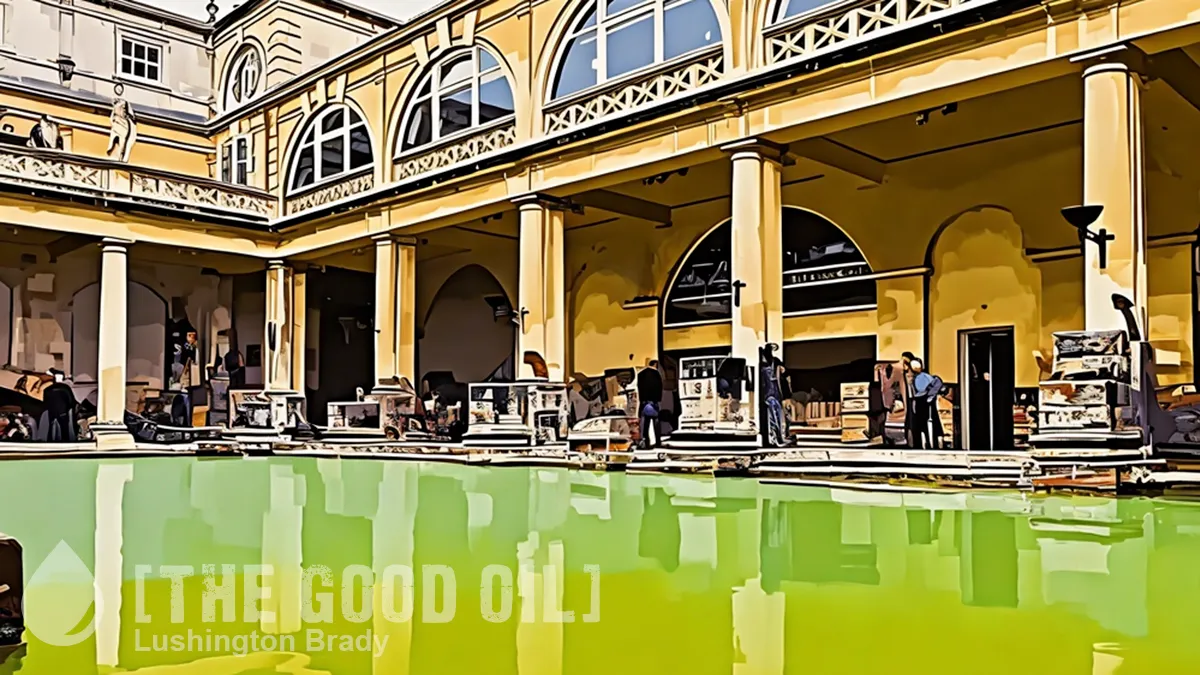Table of Contents
JM White
On 5 June 1916 the HMS Hampshire – a Devonshire class armoured cruiser – was en route from Orkney to Archangel in Russia taking Lord Kitchener on a secret mission to bolster support for the Tsar, when it hit a mine and sank, west of Orkney, less than two miles offshore. Kitchener and his aide-de-camp Oswald Fitzgerald died. Their bodies were never recovered.
The actual sinking of the ship was most unusual. Because of her length, and the fact that she sank in just 230 feet of water, her bow hit the seabed while her stern was still above the waves. In spite of the fact that she was a heavily armoured cruiser and supposedly hit only one mine, she sank in less than 20 minutes. The explosion was seen from land, and alerts were immediately sent to all naval authorities, yet of the 749 men on board only twelve survived.
Was it true that the local people, desperate to rescue sailors washed up on their shores, said they had been blocked from doing so and prevented from launching their boats, sometimes at the point of a soldier’s bayonet? There are still Orcadians who believe British military headquarters ordered the local lifeboat not to put to sea to attempt a rescue.
Lord Kitchener was already a great hero in the eyes of the British population for crushing the forces of Al-Mahdi in the Battle of Omdurman. This was considered suitable revenge for the death of General Gordon at Khartoum. But Kitchener had a dark side to him, kept secret from the public.
In 1900 he became commander and chief of the British forces in South Africa during the Boer War. He was ruthless toward the Boer resistance and forcibly incarcerated Boer women and children in concentration camps, reducing their rations to starvation point. This was not war. This was a filthy and sadistic action by armed men against the defenceless which should have brought protests from the British public. That it did not is credit to the media of the time. Four thousand women and twenty-two thousand children under the age of 15 died in those camps from starvation and disease.

Thus, it is to British genius we must credit the original concentration camps, not Germany.
In 1914, upon the outbreak of World War I, Kitchener was appointed Secretary of State for War and was promoted to Field Marshal. The most iconic and enduring images of the war was the recruiting poster of Kitchener pointing with the text:

The news of his death caused great consternation throughout the country. He had become a sort of bastion of hope for winning the war. Even the King, it was said, lost hope when he heard the news.
Anyone who is interested in the history of the First World War will be familiar with the conspiracy theory that Kitchener was the victim of a plot by Winston Churchill. The information that there existed such a plot was spread by Lord Alfred Douglas, who said that Kitchener had gold enough on the Hampshire to prevent the Russian revolution, and to replace key Bolsheviks with ‘loyal men of British birth’. Douglas claimed that he had been told by a German informant that there was no German submarine or mine in the area at that time and that the Hampshire had been deliberately blown up by a bomb planted in the ship.
Churchill convinced Westminster to launch a libel action to clear his name and Douglas was jailed for six months, but why was a libel action brought when treason may have been more appropriate?
Divers who have inspected the sunken wreck of the Hampshire report that the bulkhead where the mine was supposed to have struck the ship a mortal blow was actually blasted outwards. This could only happen if there was an explosion inside the ship. However, over one hundred years later, it is still a “controlled site” under the Protection of Military Remains Act; meaning it can only be visited by those with express permission. Oxidation will eventually destroy any means of determining the truth.

Jeremy Paxman has written an in-depth article about the whole incident. It is worth reading if only to illustrate that which exists on every side in every war; the unheroic, the brutal, the sudden and violent ends met by so many people; considered ‘collateral damage’ by the warmongers, the propaganda and the lies; and the strange fact that death only arrives for the powerful when it has been ordered.
https://jeremypaxman.co.uk/revelations/the-strange-death-of-lord-kitchener







